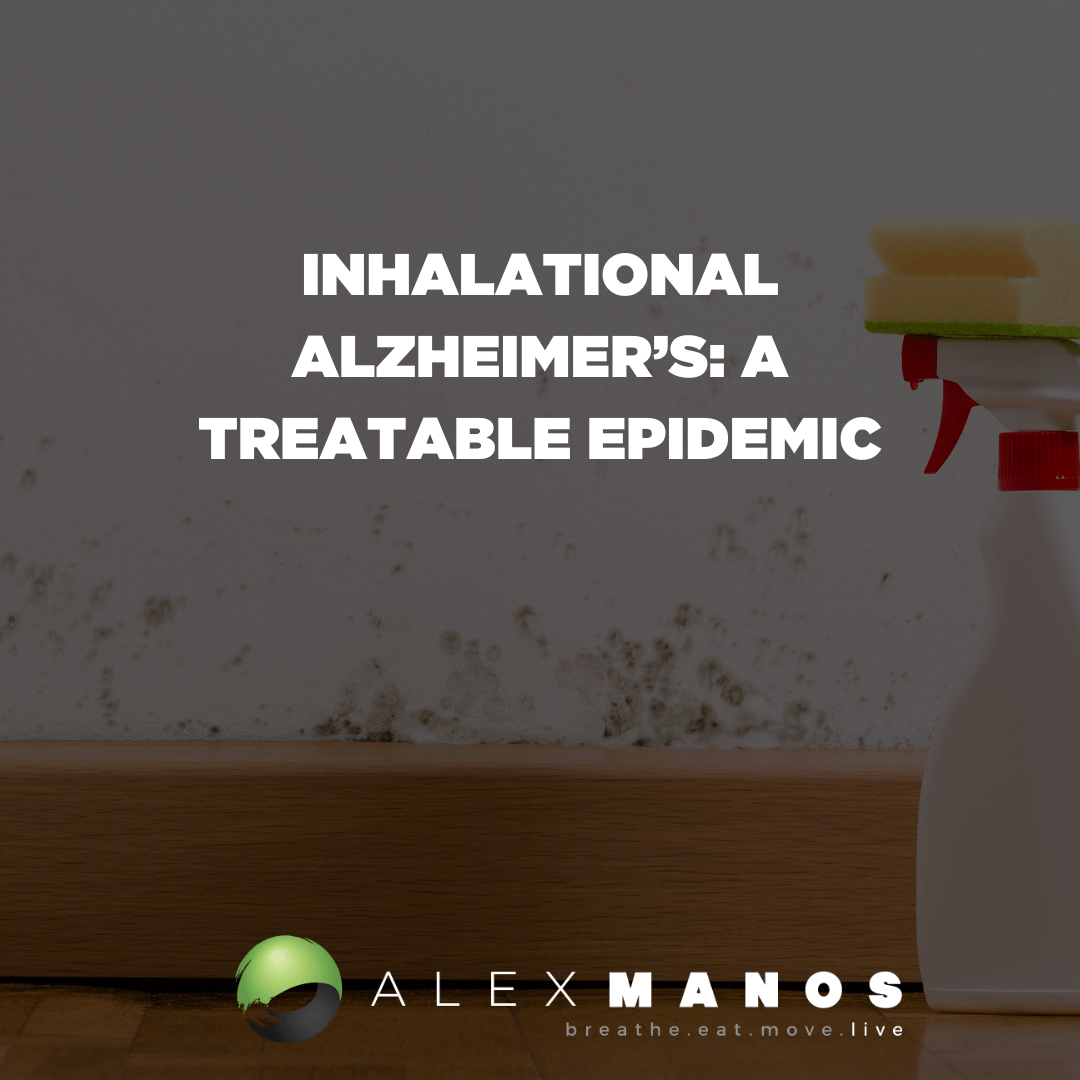Welcome to my blog ‘Inhalational Alzheimer’s: A treatable epidemic’.
I have written extensively on mould illness and mycotoxins, you may like to check out the blog series click here. Posts include:
- Ochratoxin A Toxicity: Antioxidants Are To The Rescue!
- How To Know If You Have Mycotoxins: Symptoms And Testing
- Mycotoxin Testing: Everything You Need To Know
- Detoxify Mould And Mycotoxns With Liposomal Glutathione
- Can mould and mycotoxins cause chronic fatigue syndrome?
- Can mould and mycotoxins cause gut problems such as IBS?
The Three Types Of Alzheimer’s
Alzheimer’s disease is one of the most significant healthcare problems today, with a dire need for effective treatment. Identifying subtypes of Alzheimer’s disease may aid in the development of therapeutics, and recently three different subtypes have been described:
- Type 1: Characterised by systemic inflammation, reflected in such laboratory results as a high hs-CRP (high-sensitivity C-reactive protein), low albumin:globulin ratio, and high cytokine levels such as interleukin-1 and interleukin-6
- Type 2: Characterised by an atrophic profile, with reduced support from molecules such as estradiol, progesterone, testosterone, insulin, and vitamin D, often accompanied by increased homocysteine and insulin resistance
- Type 3: Is very dissimilar to the other two types, and may be mediated by a fundamentally different pathophysiological process (although, by definition, still β-amyloid positive and phospho-tau positive): the onset is typically younger (late 40s to early 60s); ApoE genotype is usually 3/3 instead of 4/4 or 3/4; the family history is typically negative (or positive only at much greater age); symptom onset usually follows a period of great stress, sleep loss, anesthesia, or menopause/andropause.
Mycotoxins And Alzheimer’s
In a paper published in 2016 (1) Dr. Dale Bredesen reported that type 3 Alzheimer’s disease is the result of exposure to specific toxins, and is most commonly inhalational, a “manifestation of chronic inflammatory response syndrome”. (1)
The most common cause of chronic inflammatory response syndrome is exposure to mycotoxins, typically associated with molds such as Stachybotrys, Penicillium, or Aspergillus, present in water-damaged buildings. However, other biotoxins, from the Borrelia burgdorferi of Lyme disease or from other tick-borne pathogens, or aquatoxins such as those from dinoflagellates, may also cause chronic inflammatory response syndrome.
One of the strategies to optimise treatment development is to identify specific subtypes of Alzheimer’s disease that may respond to different optimal programs.
Fungal Infections
It is noteworthy that a recent report described the direct detection of fungi in the brains of patients who had died with Alzheimer’s disease, contrasting with a lack of detection of fungi in control brains. This finding raises the possibility that the mycotoxic effects that occur in CIRS associated with type 3 Alzheimer’s disease may be accompanied by active infection.
The increasing number of reports of various pathogens identified in the brains of patients with Alzheimer’s disease—from viruses such as Herpes simplex to oral bacteria such as P. gingivalis to fungi such as C. glabratus—raises the possibility that what is referred to as Alzheimer’s disease may actually be the result of a protective response to various brain perturbations (1).
Conclusion
Type 3 Alzheimer’s disease is readily distinguished from types 1 and 2 biochemically, genetically, and symptomatically (1).
As discussed by Dr. Bredesen in this paper (1) given previous descriptions of cortical presentations in Alzheimer’s disease, as well as the current studies, it is possible that type 3 represents on the order of 10% of patients with Alzheimer’s disease, thus potentially affecting hundreds of thousands of Americans. This potential epidemic may have gone unrecognised to date for several reasons (1):
- Because it has been hidden beneath the large umbrella of Alzheimer’s disease diagnoses grouped without respect to metabolic profiling-based type.
- Because CIRS is neither widely recognised nor typically considered in evaluations at neurological centers specializing in dementia.
- Because standard evaluations for patients presenting with dementia or mild cognitive impairment do not include laboratory testing for the innate system immune stimulation (ISIS) that is characteristic of CIRS.
Research:
- Inhalational Alzheimer’s disease: an unrecognized—and treatable— epidemic (click here)
Alex is a certified Functional Medicine Practitioner (IFMCP) and has a MSc in Personalised Nutrition. He is also a breathwork facilitator with a background in personal training and massage therapy. He also runs The Resiliency Program - a 24 week program aimed at building physical, mental, emotional, and spiritual resilience.



